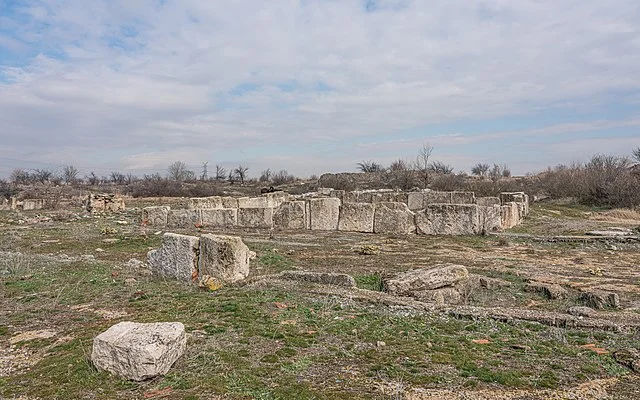Colossae was an ancient city located in the region of Phrygia, in what is now southwestern Turkey. The city is most famous for its mention in the New Testament, particularly in the epistle to the Colossians. Its history stretches from its early foundation to its decline, making it an important site for understanding the broader historical and cultural dynamics of the ancient world.
Get your dose of History via Email
Geographic and Strategic Importance
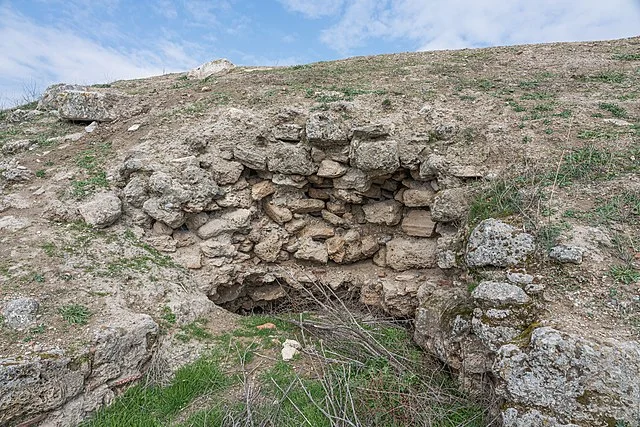
Colossae was situated near the river Lycus, which flowed through the fertile valley of Phrygia. Its location on the trade routes connecting central Anatolia to the Aegean Sea contributed to its economic growth in earlier times. The city was strategically placed between the major cities of Laodicea and Hierapolis, both of which became more prominent in later centuries. This positioning contributed to Colossae’s commercial success before its decline.
Early History and Foundation
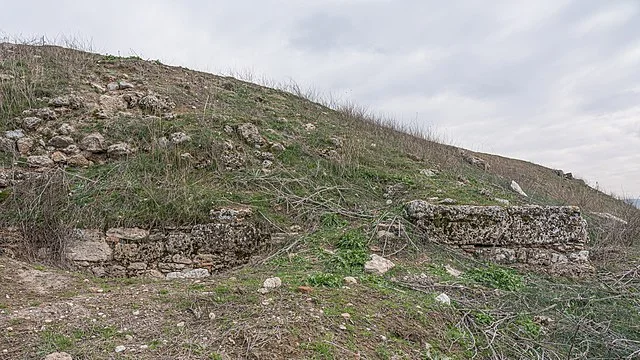
The history of Colossae dates back to at least the 2nd millennium BC. The city was originally a Hittite settlement, reflecting the broader presence of the Hittite Empire in the region. By the 5th century BC, Colossae was incorporated into the Achaemenid Persian Empire. It eventually became part of the kingdom of Pergamon in the 2nd century BC after the fall of the Persian Empire.
Roman Period and the Rise of Christianity
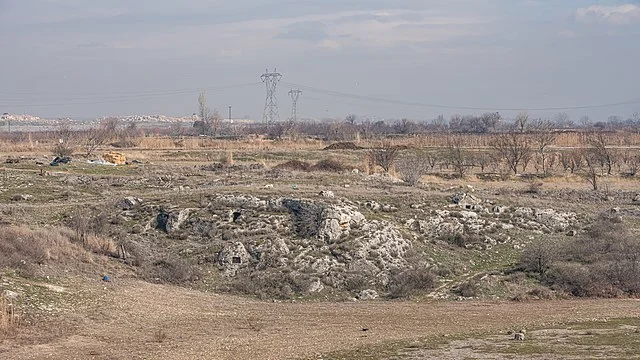
In the 1st century AD, Colossae was part of the Roman province of Asia. The city was thriving under Roman rule, yet it had already begun to experience a decline by this time. This decline accelerated in the 2nd and 3rd centuries AD as the region was impacted by earthquakes and the shifting of trade routes. Despite these challenges, the city’s significance continued in a religious context.
The apostle Paul wrote the Epistle to the Colossians around AD 60-61 while imprisoned in Rome. The letter addressed the spiritual concerns of the Christian community in Colossae, combating early heretical teachings. This connection has made Colossae a notable site in Christian history.
Archaeology and Excavations
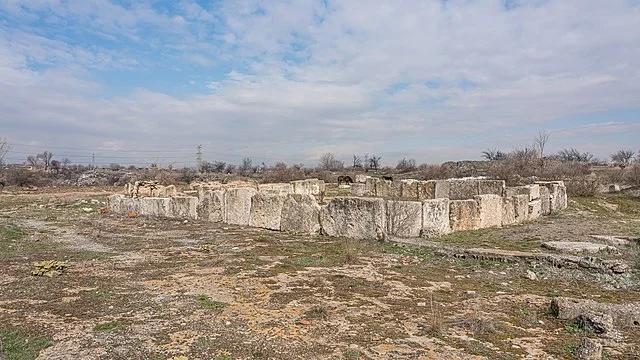
Archaeological evidence of Colossae’s existence is limited, partly because the city’s ruins were largely covered by later settlements, including those at the nearby city of Honaz. Excavations have revealed that the city was built on a tell (an ancient mound), and most of the material remains date from the Hellenistic and Roman periods.
The ruins at Colossae include the remains of large houses, public buildings, and extensive burial sites. However, no monumental structures like those found in neighboring cities have been uncovered. The city’s site is now largely unexcavated, which continues to pose challenges for archaeologists. Nonetheless, Colossae’s historical and religious significance ensures that it remains a subject of study.
Decline and Abandonment
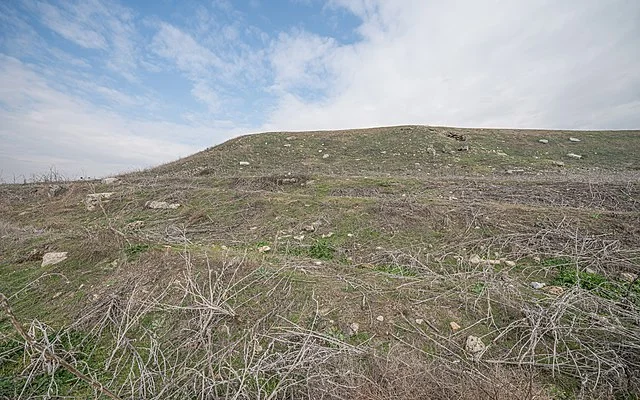
The decline of Colossae is attributed to several factors. The city suffered from repeated earthquakes, most notably a major earthquake in AD 60, which weakened its infrastructure. The shifting of trade routes also reduced its economic importance, leading to its gradual abandonment. By the 7th century AD, the city had largely disappeared from historical records.
Legacy
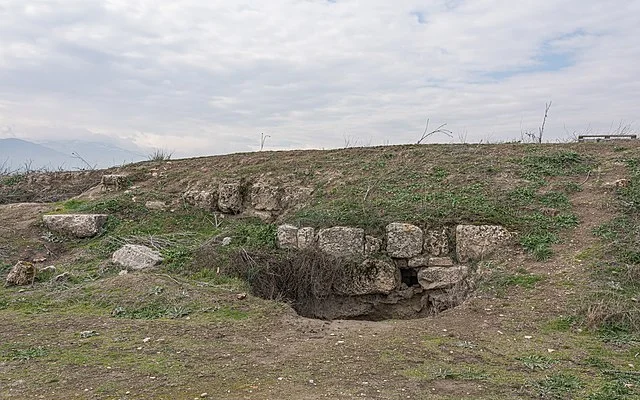
Colossae’s legacy is primarily tied to its role in early Christianity. The Epistle to the Colossians remains a key text in the New Testament, offering insight into the early Christian community’s struggles and beliefs. The city’s religious history, particularly its early Christian presence, continues to make it an important focus of scholarly research.
In summary, Colossae’s history offers valuable insight into the cultural, economic, and religious dynamics of ancient Phrygia. While the city itself is largely lost to time, its significance in the development of early Christianity ensures that it remains an important site for historical study.
Source:

